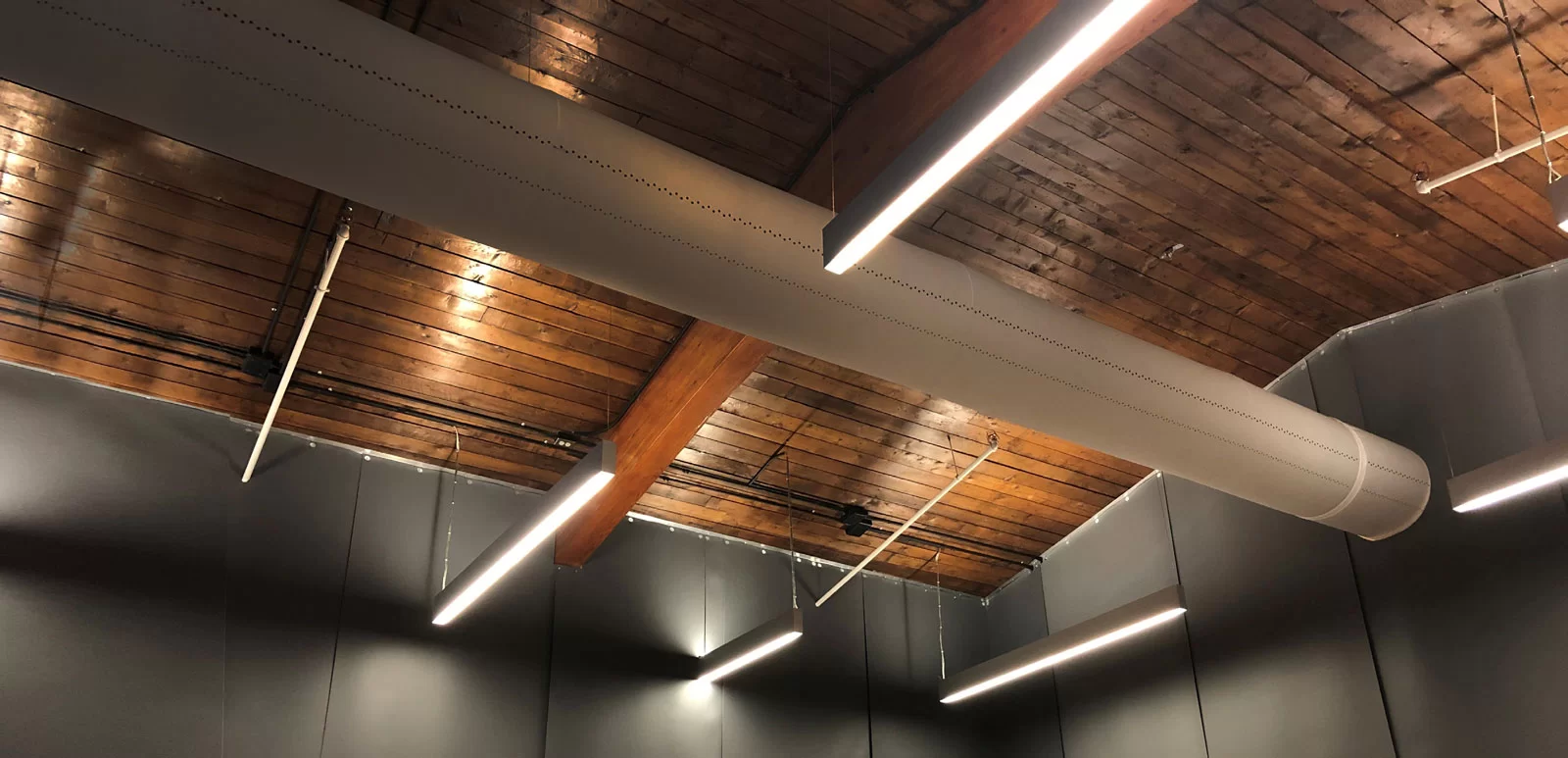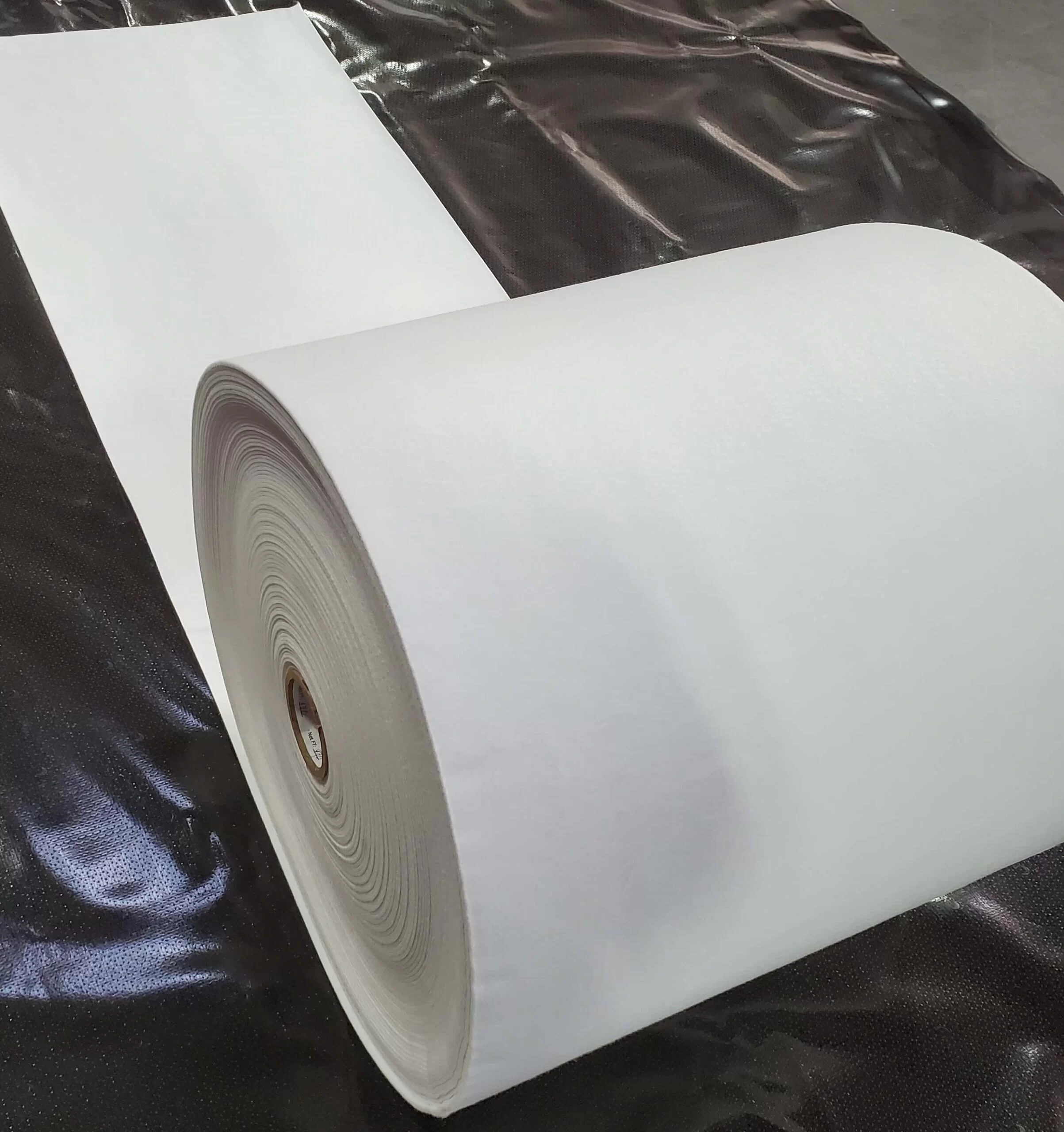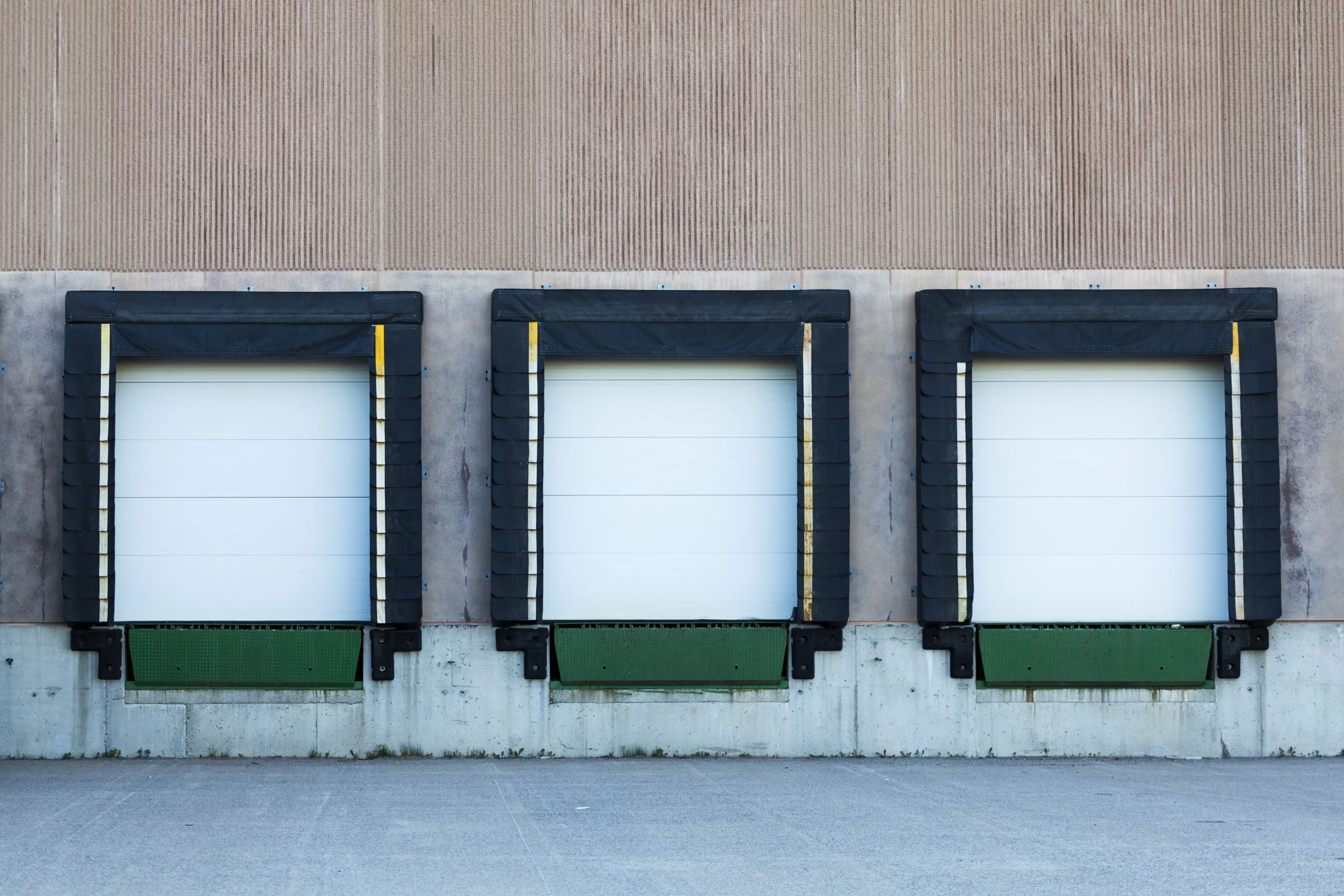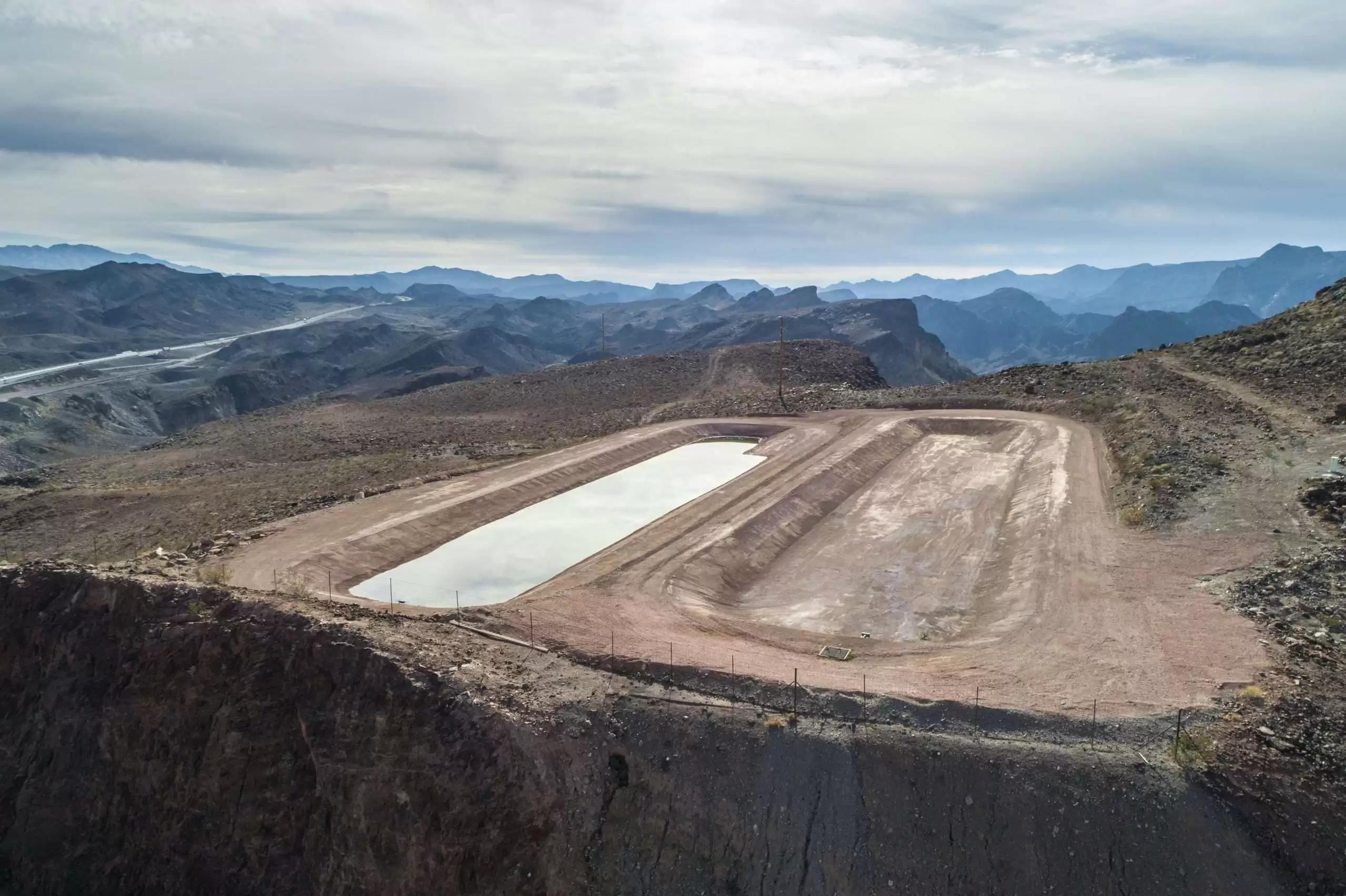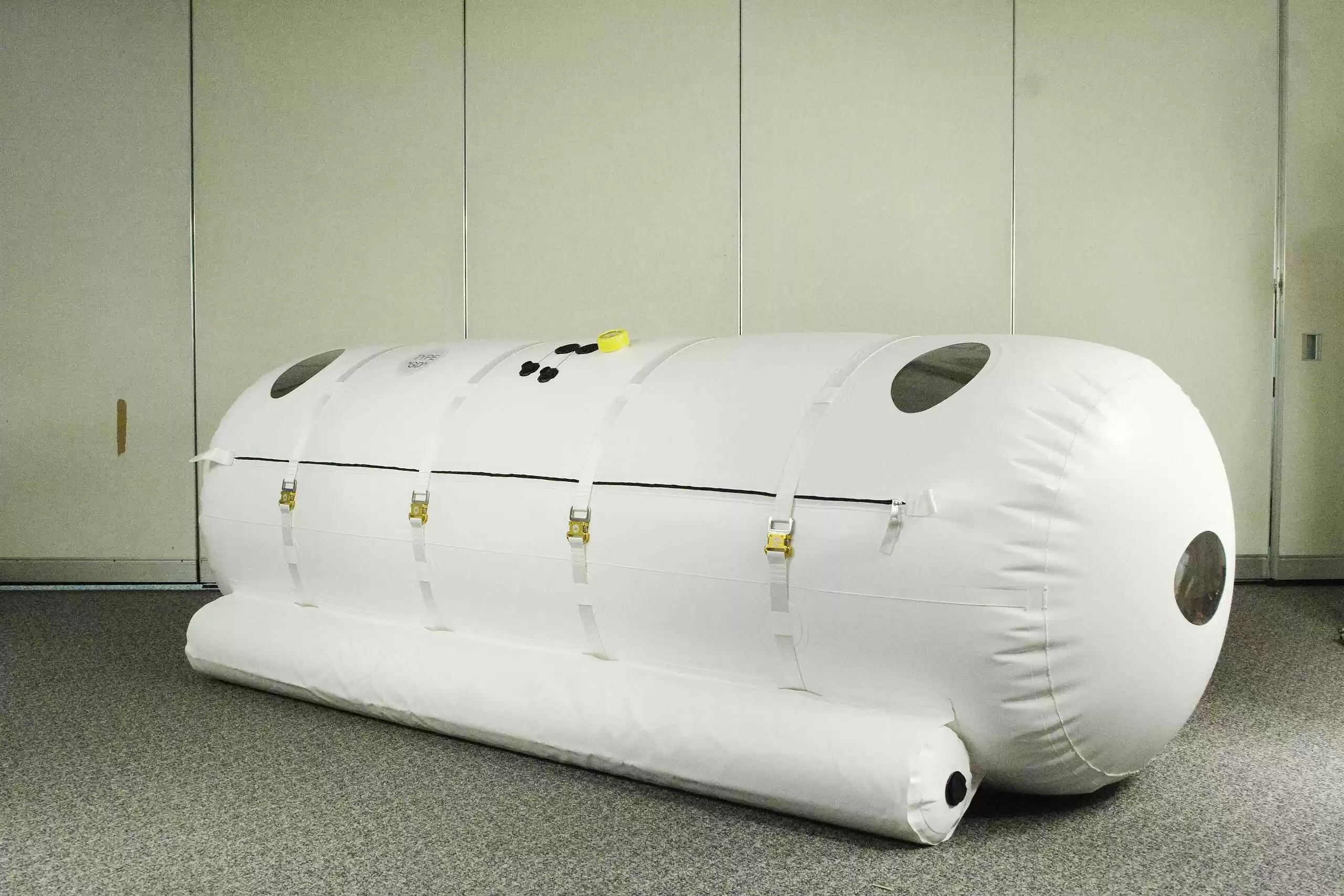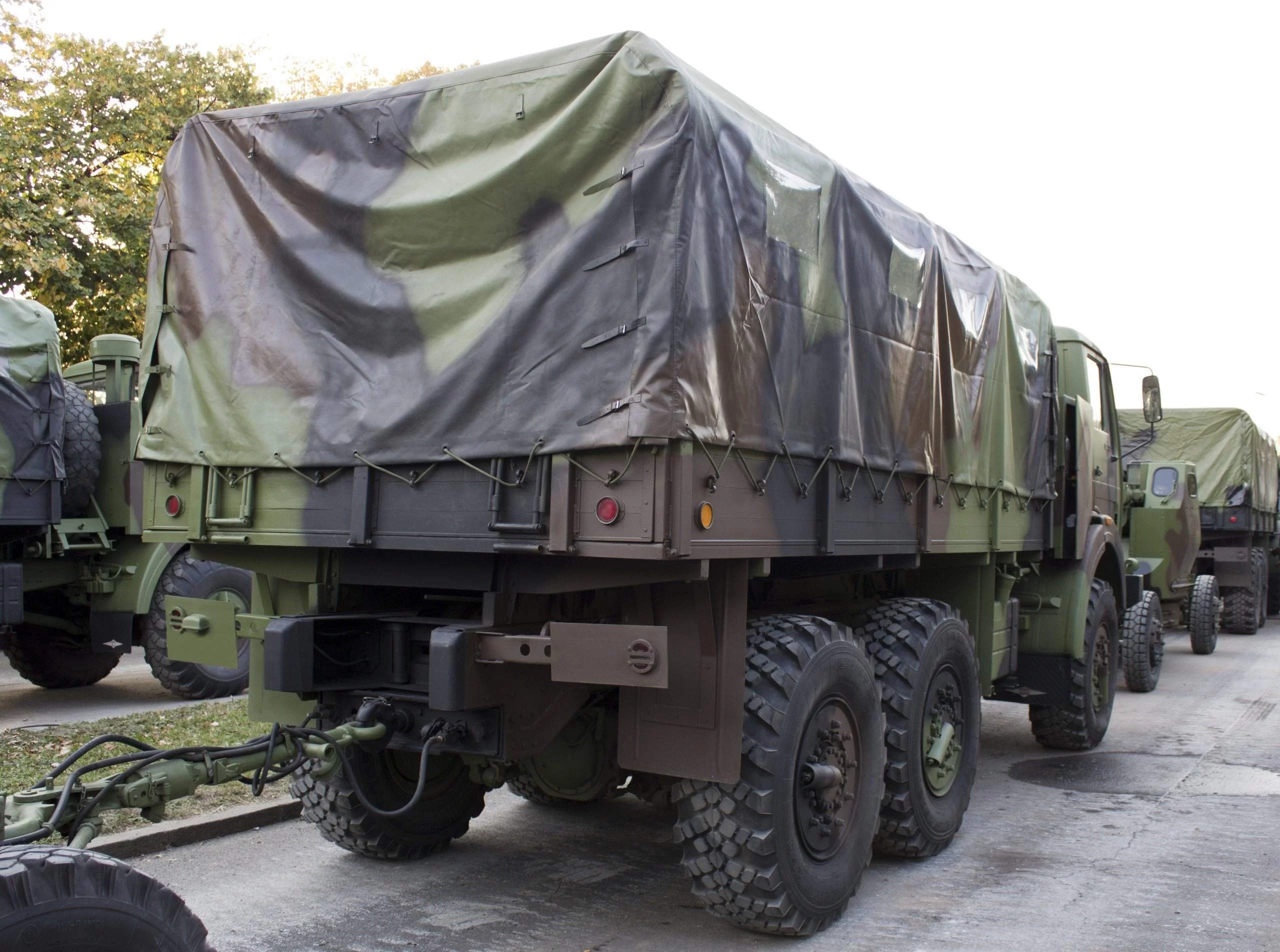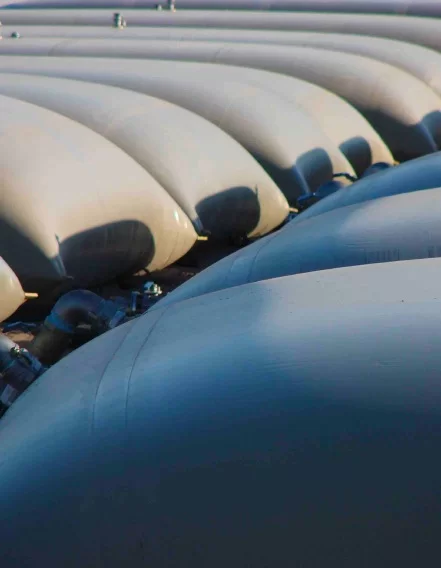The Highest Fire-Rated MLV on the Market is Now Available from E Squared Technical Textiles.
Released in 2023, after years of research, engineering and development our new ULC S102 and ASTM E84 Class A fire rated material is now best in class.
The 1 lb. MLV has passed the spread of flame and smoke density test associated with ULC and ASTM fire rating. E2 SoundSafe® ULTRA is proudly manufactured in Hillside, NJ, U.S.A in a
variety of widths up to 120”. Up until now, only MLV that was foiled back or specially coated was able to pass these tests. With the improvement of chemistry and diligent development we have developed a product that meets and surpass the requirements. The polyester reinforcement associated with all SoundSafe® products makes it ideal for applications where it will be hung both vertically or horizontally.
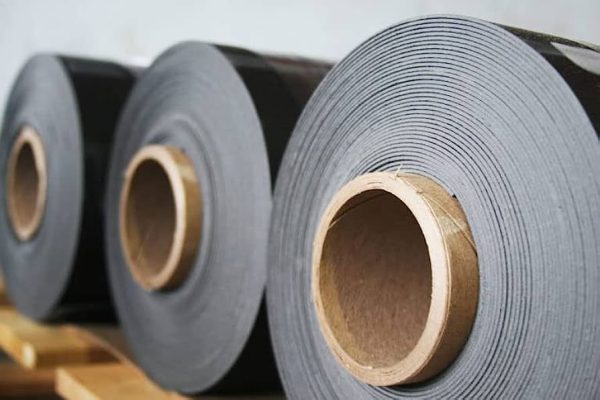
The reinforcing technology makes it the most tear resistant product on the market. SoundSafe® ULTRA has been a product in development for the last few years, and was specifically developed for use in large soft walled sound stages where noise blocking technology is needed and stringent fire codes need to be met”, said the COO, Michael Satz. “This is the first of many finalized developments we expected to be making this year so please stay tuned”.
WHY FIRE - RATING MATTERS
- Compliance with Building Codes: Building codes and regulations often include specific requirements regarding fire safety. Builders are responsible for ensuring that the materials used in construction projects meet these codes. By using MLV with the highest fire rating, builders can ensure compliance with fire safety regulations, avoiding potential legal issues and ensuring the safety of the occupants.
- Enhanced Fire Resistance: MLV with the highest fire rating provides an added layer of fire resistance to the construction project. In the event of a fire, the MLV can help slow down the spread of flames and reduce the risk of fire-related damages. It acts as a barrier, preventing the fire from penetrating through walls, ceilings, or floors where MLV is installed.
- Improved Occupant Safety: The highest fire-rated MLV contributes to the overall safety of the building’s occupants. It helps to delay the progression of a fire, giving occupants more time to evacuate the premises and minimizing the risk of injuries or fatalities.
- Insurance Requirements: Insurance companies often have specific requirements related to fire safety for buildings. Using MLV with the highest fire rating can help meet these requirements, potentially resulting in more favorable insurance terms and coverage.
- Peace of Mind: For builders and property owners, using MLV with the highest fire rating provides peace of mind. They can have confidence that the building’s soundproofing material not only reduces noise but also meets stringent fire safety standards. This assurance is particularly crucial in buildings where fire safety is a priority, such as hospitals, schools, hotels, or multi-story residential complexes.
- Long-Term Durability: MLV with a high fire rating is typically manufactured with fire-resistant additives that enhance its durability and resistance to heat and flames. This ensures that the MLV maintains its fire-resistant properties over time, providing long-term protection and performance.
In summary, the highest fire rating of MLV is essential to builders because it ensures compliance with building codes, enhances fire resistance, improves occupant safety, meets insurance requirements, provides peace of mind, and ensures long-term durability. Incorporating MLV with the highest fire rating into construction projects demonstrates a commitment to safety and helps create a secure and compliant built environment.
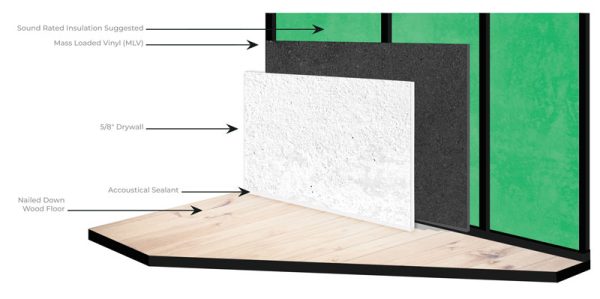
HOW DO FIRE RATINGS WORK?
Fire ratings in construction are typically based on the performance of individual materials and assemblies rather than an aggregate rating. The fire rating of a construction assembly, such as a wall, floor, or ceiling, is determined by assessing the fire resistance of its constituent materials and their ability to withstand fire for a specified period of time.
The fire resistance of a material or assembly is evaluated through standardized fire tests conducted in accordance with recognized testing standards, such as those developed by organizations like ASTM International or the International Organization for Standardization (ISO). These tests simulate real-world fire conditions and measure various factors, including flame spread, heat release, smoke generation, and structural integrity under fire exposure.
During the testing process, a material or assembly is subjected to controlled heating conditions for a specified duration, typically ranging from 30 minutes to multiple hours. The performance is evaluated based on criteria such as flame penetration, temperature rise on the unexposed side, structural stability, and smoke production. If the material or assembly meets the specific requirements for the desired fire rating, it is assigned that rating.
It’s important to note that fire ratings are not universal and can vary depending on the building code or regulatory standards in a specific jurisdiction. Building codes typically specify minimum fire ratings for different types of construction elements, and compliance with these requirements is necessary for obtaining permits and ensuring the safety of occupants.
Developed by UL and Standard Council Canada, the National Building Code of Canada and provincial codes have specified CAN/ULC-S102 Surface Burning Characteristics of Building Materials and Assemblies, for the evaluation of interior building surfaces characteristics including walls, ceiling, and flooring products. The CAN/ULC-S102 test, when conducted in triplicate, reports Flame Spread (FS) and Smoke Development (SD) values for the specific product or assembly evaluated. CAN/ULC-S102 and CAN/ULC-S102.2 for flooring products, are found throughout the various Canadian building codes which define the requirements for materials used as interior finishes, requirements are commonly based on the building’s occupancy type and the use/non-use of sprinklers.
The 2006 International Building Code (IBC) specifies that “interior wall and ceiling finishes shall be classified in accordance with ASTM E84.” Additionally, the National Fire Protection Agency (NFPA) 101® Life Safety Code® requires that “Interior wall or ceiling finish that is required elsewhere in this Code to be Class A, Class B, or Class C shall be classified based on test results from NFPA 255, ASTM E-84, or UL 723.” The ASTM E84 is the standard test method for assessing the surface burning characteristics of building products. The purpose of this test is to observe the flame spread along with a sample in order to determine the relative burning behavior of its material.
In summary, fire ratings in construction are determined through standardized fire tests conducted on individual materials or assemblies. The ratings are based on the ability of these materials or assemblies to withstand fire exposure for a specified period of time, as defined by criteria established by testing standards and building codes.
At E Squared, we also offer the Sound Safe Sustainable series which is made partly using postindustrialscrap, making the product an ecofriendly choice and reducing materials going into landfill.The SoundSafe Sustainable series is available in 1.0 lb/SF and 1.5 lb/SF,and meets NFPA 701 SS, Standard Methods of Fire Tests for Flame Propagation ofTextiles and Films (Small Scale) and UL 94 V0, the Standard for Safety of Flammability of PlasticMaterials for Parts in Devices and Appliances testing, with a rating of V-0: burning stops within10 seconds on a vertical specimen; drips of particles allowed as long as they are not inflamed.

